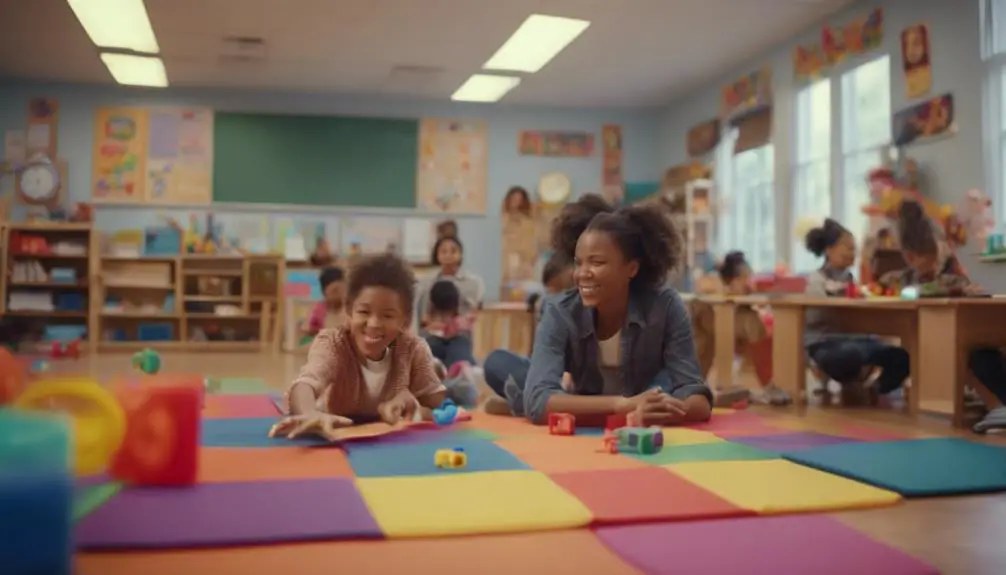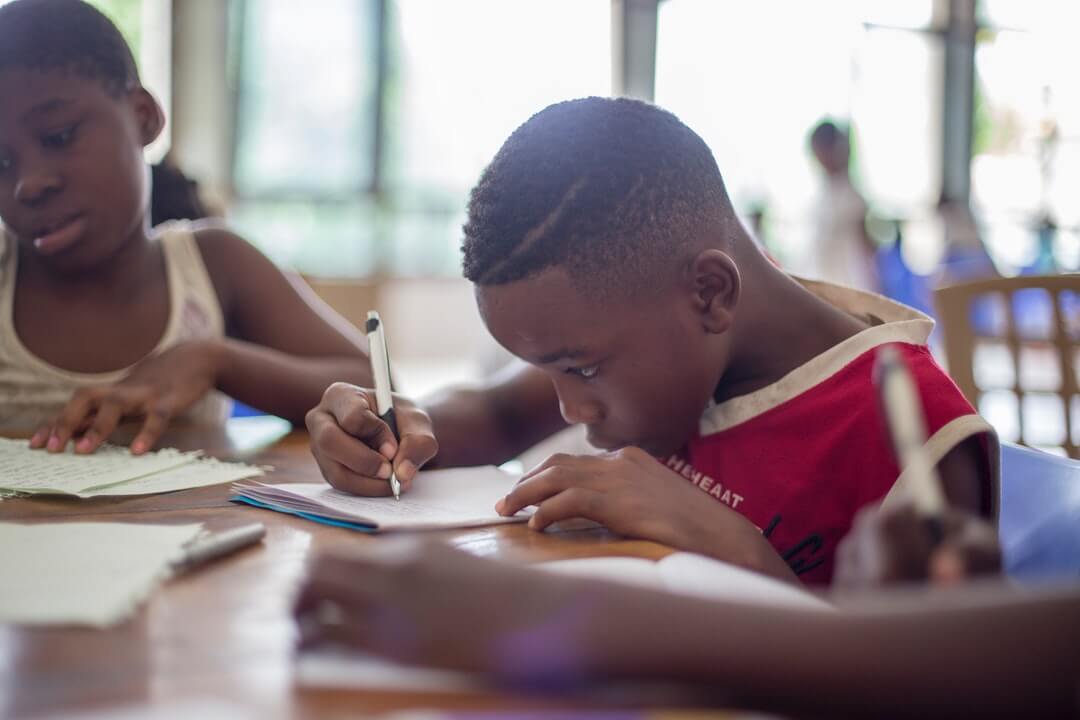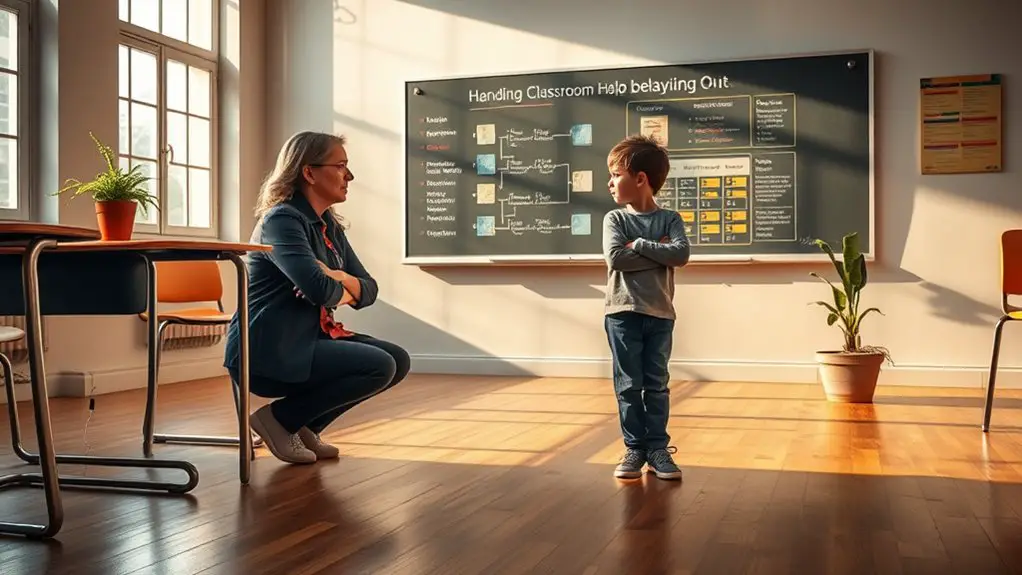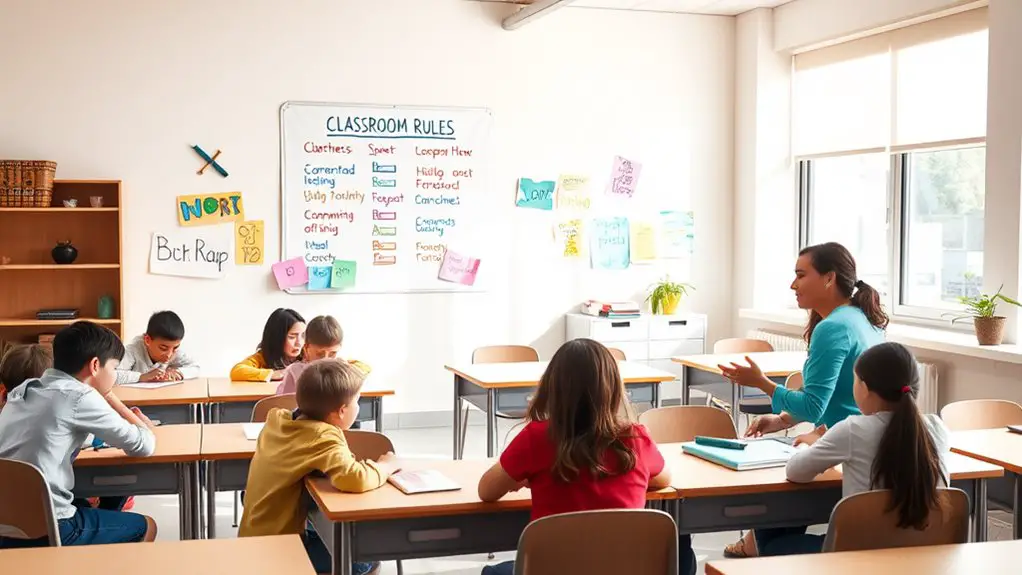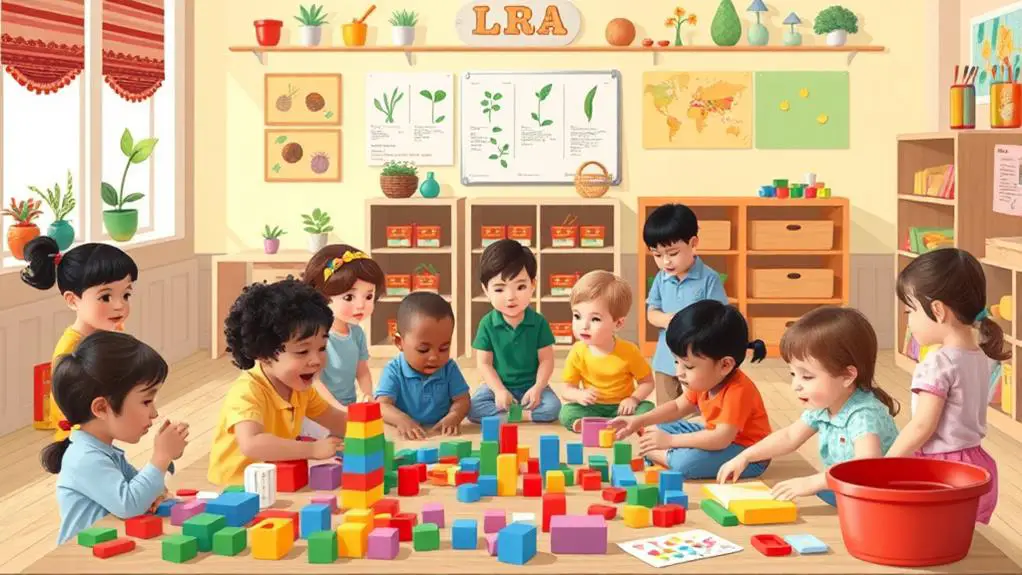Facilitating transitions for children between activities involves more than just moving them from one task to another. It is crucial to understand the specific challenges they encounter during these shifts in order to create a seamless routine. Utilizing visual schedules can provide children with a clear understanding of what comes next, reducing any anxiety they may feel.
Playful distractions, such as songs or engaging prompts, can also capture their attention and make the process feel more enjoyable. To ensure these strategies are effective, it is important to observe the children’s reactions and adjust as necessary. For example, if a visual schedule seems to confuse them instead of helping, it may be beneficial to simplify the images or use a different format.
Incorporating timers that count down to the next activity can provide a tangible sense of time, helping children prepare for transitions. Gathering feedback from the children themselves, when appropriate, can also offer insights into what works best for them.
This approach not only aids in refining the transition process but also fosters a sense of ownership and involvement in their routine. Ultimately, the goal is to create a supportive environment that helps children feel secure and confident as they move through their day.
Understanding Transition Challenges
When children transition from one developmental stage to another, they frequently encounter various challenges that can feel overwhelming. Emotional readiness is crucial during these shifts. Children must be prepared not only intellectually but also emotionally. If they lack feelings of security or confidence, their ability to adjust to new situations may be compromised.
The environment also significantly influences this transition. The settings in which children find themselves can either facilitate or obstruct their adjustment. For example, a supportive and familiar environment can foster a sense of comfort, while a disorganized or unfamiliar space may heighten feelings of anxiety.
In my experience working with a group of children preparing to start school, I observed a range of emotions. Some displayed excitement, while others showed clear signs of anxiety. Recognizing their emotional readiness and the impact of their surroundings allowed me to tailor my approach effectively.
Creating a nurturing atmosphere helped alleviate their concerns, making the transition smoother.
Understanding these challenges is essential for effectively supporting children. With appropriate assistance, we can guide them through these critical moments in their development, ensuring they’ve the best opportunity to thrive.
Strategies for Smooth Transitions
Supporting children through their developmental changes requires effective strategies that address both emotional and environmental factors. One particularly helpful method involves the use of visual cues. Providing clear and engaging images or symbols that represent upcoming activities helps children understand what to expect. For instance, displaying a picture of a book can indicate storytime, while an image of colorful blocks can signal playtime. These visual aids make transitions feel less abrupt and more predictable, easing the children’s apprehension.
In conjunction with visual cues, positive reinforcement plays a crucial role in facilitating smooth transitions. When children adapt well to changes, celebrating their efforts with praise or small rewards reinforces their ability to adjust and builds their confidence. For example, expressing appreciation by saying, “You did a fantastic job moving to the next activity!” or “I love how you followed the visual cue!” fosters an encouraging environment where children feel valued and understood.
This supportive atmosphere is vital for their emotional development and helps them navigate changes with greater ease. To further enhance this process, incorporating specific products can be beneficial. For instance, using a visual schedule chart can provide a daily overview of activities, allowing children to anticipate transitions. Additionally, employing reward stickers can motivate children to engage positively during these shifts.
Creating a Transition Routine
Creating a transition routine can significantly impact how children handle changes in their environment. Establishing a clear routine prepares them for what’s ahead and instills a sense of security. Using visual aids, such as charts or illustrations, offers a tangible reference for upcoming activities. The following table provides a straightforward guide for various change activities and their corresponding visual cues:
| Change Activity | Visual Cue |
|---|---|
| Clean-up Time | Timer or countdown clock |
| Snack Time | Image of a snack |
| Story Time | Illustration of a book cover |
| Outdoor Play | Photo of a playground |
| Circle Time | Drawing of a circle on paper |
Incorporating positive reinforcement into this routine is crucial. When children successfully follow the steps, it’s beneficial to acknowledge their efforts with praise or small rewards. This practice encourages them to engage positively and fosters an environment where they know what to expect, making transitions smoother. Consistently applying these strategies has shown me that children can adapt better and become more open to changes in their daily activities.
Engaging Children During Changes
Keeping children engaged during transitions can be a challenging task, but there are effective strategies that can help make the process smoother. When moving from one activity to another, playful distractions and visual cues can play a significant role in maintaining children’s attention and enthusiasm.
Here are four strategies that work well:
- Storytelling: Offer a brief, captivating story that relates to the next activity. This not only piques children’s interest but also provides them with something exciting to anticipate, making the transition feel more like an adventure.
- Music and Movement: Use an upbeat song to indicate it’s time to switch gears. Encourage children to dance or move energetically, transforming the transition into a fun, dynamic experience that keeps their spirits high.
- Visual Cues: Present colorful images or signs that depict the upcoming activity. This approach helps children mentally prepare for what’s next, allowing them to focus and understand the change in routine.
- Hands-On Activities: Quickly engage children with a simple task that connects to the next activity. For example, if transitioning to an art session, invite them to select their favorite colors from a palette. This not only provides a connection to the upcoming activity but also gives them a sense of involvement.
Implementing these strategies can help create a more engaging and enjoyable environment for children during changes in activities, ultimately fostering a smoother transition and enhancing their overall experience.
Assessing Transition Effectiveness
When assessing the effectiveness of transitions, it’s crucial to consider both the reactions and engagement levels of children. A detailed evaluation of these changes provides valuable insights into how well children adapt to varying activities. I often observe their emotional responses and overall participation during these transitions.
For example, I pay attention to their expressions of excitement or reluctance, as these can reveal their feelings about shifting from one task to another. Observing body language and vocal expressions allows me to discern what strategies are effective and which may need adjustment.
I also actively seek feedback from the children, which aids in refining my approach. If they indicate confusion or frustration, it signals the need for a change in my strategies. Conversely, positive responses suggest that I’m effectively supporting their transitions.
Evaluating the effectiveness of transitions extends beyond the mere logistics of moving from one activity to another; it involves creating a nurturing environment where children feel at ease and engaged.
Conclusion
Integrating these strategies into our routines can turn the often chaotic nature of transitions into a smooth and enjoyable experience. Utilizing visual schedules alongside engaging distractions can transform each change into an exciting adventure rather than a burdensome task. It is essential to create a space where children feel safe and appreciated. This approach not only helps them navigate transitions but also empowers them with confidence and joy, equipping them to tackle future challenges with enthusiasm.
For instance, using a visual schedule can help children anticipate what comes next, reducing anxiety around transitions. A colorful chart displaying the day’s activities can serve as a guide, allowing them to see how each part of their day flows into the next. Incorporating playful activities, such as songs or games related to the next task, can also ease the shift and keep their spirits high. This thoughtful preparation fosters a sense of security and celebration, making transitions a moment of excitement rather than stress.

